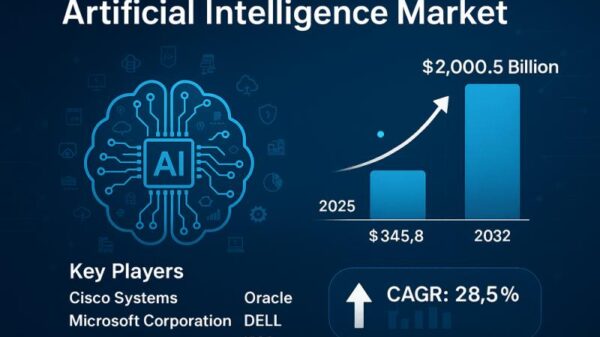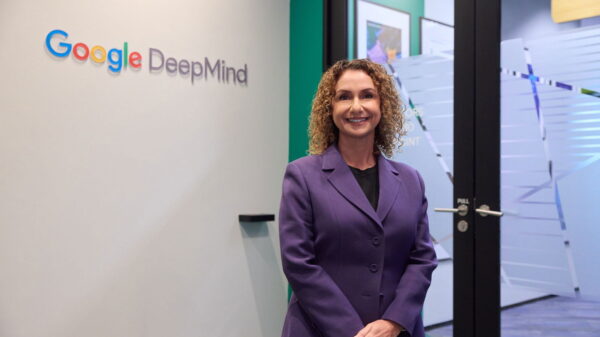A recent study by Accenture, released on Thursday, highlights how state and local governments can enhance public services through the integration of artificial intelligence (AI). However, the study emphasizes that successful implementation hinges on investing in clearer digital tools and comprehensive employee training.
The report, which surveyed 1,000 U.S. residents and 300 government employees, illustrates a public sector grappling with a combination of technological advancements and operational challenges. According to the study, “In the public sector, modernization is not just about adding tools or processes. It’s about ensuring that residents, and the people who serve them, have great experiences.”
Findings reveal that nearly half of Americans view online government services positively, but a comparable number still prefer in-person interactions. Furthermore, more than half of those surveyed described government websites as “confusing or difficult to navigate.” This indicates an urgent need for improvement in user experience.
Interestingly, almost half of frontline government workers noted that most inquiries they receive about public services are simple and repetitive. These tasks could potentially be automated or addressed through self-service tools, allowing employees to focus on more complex issues. The report states, “Government leaders often emphasize a ‘no wrong door’ approach, ensuring residents get the services they need no matter where they start their journey. While this approach is important, too many doors can create confusion.”
See also AI Technology Enhances Road Safety in U.S. Cities
AI Technology Enhances Road Safety in U.S. CitiesWhen exploring the potential for AI, the study found that 62% of government employees believe that AI can help reduce their workload. However, only 20% expressed strong confidence in the reliability of these AI tools. This gap in trust highlights the need for careful implementation.
Residents identified data security, accuracy, and transparency as their prime concerns regarding government agencies using AI. To address these issues, the report recommends that agencies streamline online public services for better navigation, employ AI for automating basic tasks like data entry and eligibility checks, and prioritize robust training programs for employees.
According to the National Conference of State Legislatures (NCSL), at least 30 states have recently issued guidelines on the utilization of AI by government agencies. These guidelines cover impact assessments, oversight mechanisms, principles of use, additional procurement steps, and pilot projects. The NCSL anticipates that these efforts to regulate and invest in AI adoption will continue into the following year.
Despite these advancements, the Accenture study warns that without adequate support for the workforce, even the most sophisticated technology cannot drive meaningful change. “Incremental change is no longer viable,” the report cautions. “By aligning technology with its human users and consumers, agencies can increase adoption of higher efficiency channels, reduce service backlogs, lower costs to serve, boost employee satisfaction, and build lasting public trust.”
The insights from this study underscore a pivotal moment for government agencies as they consider the deployment of AI technologies. While the potential benefits are significant, the path to successful implementation requires a balanced approach that prioritizes both technology and human experience.










































































